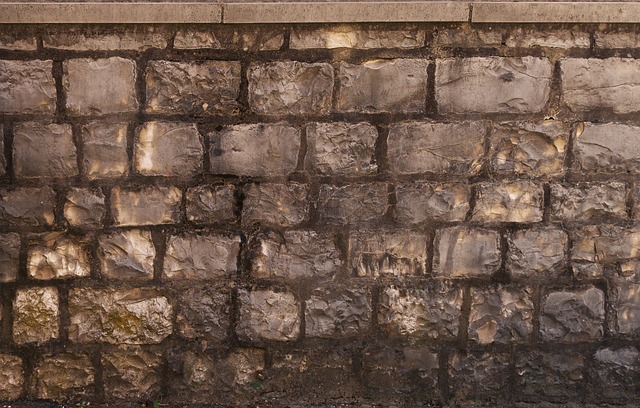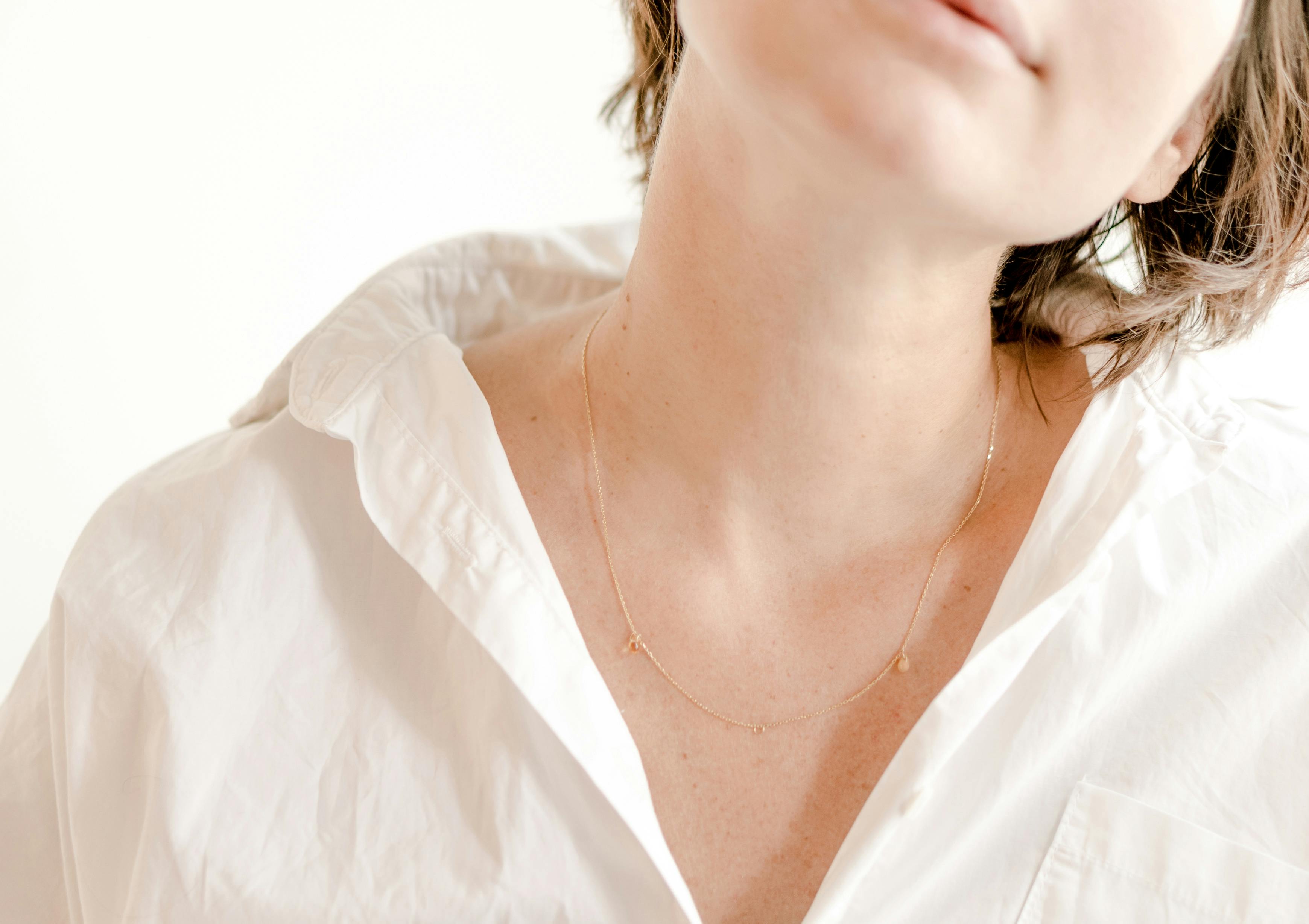How Long Are You Supposed To Wear Retainers

Retainers are an important part of maintaining your teeth after orthodontic treatment is complete. Wearing your retainer as recommended by your orthodontist is essential for keeping your teeth in their new, improved position. But how long are you supposed to wear them? The answer depends on several factors, such as the type of retainer and the degree of orthodontic correction needed. This article will provide an overview of how long you should wear a retainer and how to properly care for it.It is recommended that you wear your retainers full-time for at least 6 months following your orthodontic treatment. After that, you should wear them at least a few nights a week for the rest of your life in order to maintain the beautiful results of your orthodontic treatment.
Different Types of Retainers and Wear Time
Retainers are a type of dental appliance that is worn after teeth straightening treatments to keep them in place. They are typically made of plastic and metal wires that fit around the teeth. The length of time a retainer must be worn varies depending on the type, but it is generally between six months to two years. There are several different types of retainers available, each with their own advantages and disadvantages.
The most common type of retainer is the Hawley Retainer, which is made from a combination of acrylic and metal wires that fit around the outside of the teeth to keep them in place. It typically requires daily wear and can be removed for eating, brushing, or other activities. Hawley retainers are generally more comfortable than other types because they can be adjusted for a custom fit.
Another type of retainer is an Essix Retainer, which consists of a clear plastic tray that fits snugly over the teeth like a mouthguard. Unlike Hawley retainers, Essix retainers cannot be adjusted for a custom fit but provide more coverage by covering all surfaces of the teeth. They also require less wear time than Hawley retainers, usually only needing to be worn at night while sleeping or during certain activities such as sports or swimming.
The last type of retainer is a fixed retainer, which consists of one or more thin wire bonded to the backside of the teeth near the gumline to keep them in place permanently. Fixed retainers may require adjustments if there is any shifting or tooth movement but they do not need to be removed for eating or brushing like other types do. They typically need to be worn indefinitely but regular check-ups with your dentist may allow for some periods without wearing it.
No matter which type you choose, it’s important that you follow your dentist’s instructions for wear time and care in order for your retainer to work effectively and last as long as possible.
Why Do You Have to Wear Retainers?
Wearing retainers is an important part of the orthodontic treatment process. Retainers help keep your teeth in the correct position and prevent them from shifting back to their original positions after braces are removed. They also help ensure that your smile stays beautiful and straight for years to come. Without retainers, the teeth can move out of alignment and cause a variety of problems, such as an uneven bite or crooked teeth.
There are a few different types of retainers that may be prescribed by your orthodontist, depending on your individual needs. The most common type is a fixed retainer, which consists of a thin wire bonded directly to the back of the teeth. This type is usually recommended for patients who have had extensive orthodontic treatment. Other types include removable retainers, which can be taken out at night or when eating; clear aligners that are virtually invisible; and temporary retainers that may be worn for short periods of time while new permanent retainers are being made.
Your orthodontist will recommend how long you should wear your retainer for optimal results. Generally speaking, it is recommended that you wear them full-time or at least several nights per week for at least six months after braces are removed or until all movement has stopped. After that, you can switch to wearing them only at night while sleeping or for periodic check-ups with your orthodontist. It is very important to follow these instructions in order to maintain your new smile and avoid additional visits to the orthodontist!
Benefits of Wearing Retainers Long-Term
Wearing retainers long-term after orthodontic treatment can help maintain the alignment of your teeth and prevent them from shifting. This is important for keeping your teeth looking as good as possible and avoiding any future problems. Retainers can also help with other issues such as jaw pain, bite problems, and speech impediments. By wearing a retainer, you can ensure that your teeth stay straight and properly aligned for years to come.
Retainers are also beneficial for those who have had extensive orthodontic treatment and want to make sure their teeth stay in the correct position. With a retainer, you can avoid any further adjustments or procedures that may be needed in the future due to shifting teeth. This means that you will save time and money by avoiding unnecessary treatments down the line.
In addition to keeping your teeth in their proper alignment, retainers can also help improve your overall oral health. By wearing a retainer, you reduce the risk of gum disease and tooth decay due to misaligned teeth that may be difficult to clean properly. This can help keep your entire mouth healthy and free of disease.
Finally, wearing retainers long-term can also have psychological benefits. A beautiful smile is something that many people strive for, so having straight teeth can boost self-confidence and make you feel more attractive. Wearing a retainer helps keep your smile looking its best so that you look and feel great every time you show it off!
What Happens if You Don’t Wear Your Retainers?
If you don’t wear your retainers as directed by your orthodontist, your teeth may gradually shift out of alignment. This means that the effects of the braces or other orthodontic treatment you had will be reversed, and your teeth may no longer fit together properly. Over time, this can lead to a poor bite and even TMJ (temporomandibular joint disorder). Additionally, it can cause crowding of your teeth, or gaps between them.
Your retainers are an important part of keeping your newly aligned teeth in place. When you wear them as directed by your orthodontist, you are helping to maintain the results of your treatment. Without wearing them regularly, your teeth will have a chance to move back into their original position.
It’s important to remember that it is not just adults who need to wear retainers after orthodontic treatment; children should also wear them as recommended by the orthodontist. If they don’t, their teeth could shift back out of alignment after their braces are removed.
If you have questions or concerns about wearing retainers after braces or other orthodontic treatment, be sure to speak with your orthodontist. They can provide personalized advice about how long and how often you should wear them in order to maintain the results of your treatment.

Cleaning and Caring for Your Retainer
Cleaning and caring for your retainer is essential to keep it in good condition. A clean retainer will also help to prevent bad breath and reduce the risk of gum disease. Here are some tips to help you keep your retainer clean and in good condition:
• Rinse your retainer with lukewarm water before and after wearing it. This will help remove any food particles or debris from the retainer. Use a soft-bristled toothbrush to gently brush away any plaque or tartar that may have built up on the retainer.
• Soak your retainer at least once a week in an antibacterial mouthwash or denture cleaner. This will help kill any bacteria that may have built up on the retainer, as well as help to keep it free of odors.
• Avoid using hot water or boiling water when cleaning your retainer, as this can cause it to warp or crack. Also, avoid using toothpaste, as this can be abrasive and damage the plastic.
• Store your retainer in its case when you are not wearing it. This will help protect it from dust and debris, as well as keep it safe from pets or small children who may try to swallow it.
By following these tips, you can ensure that your retainers stay clean and in good condition for many years to come.
Can Wearing a Retainer for Too Long Cause Discomfort Similar to Wearing a Knee Brace?
Wearing a retainer for an extended period can lead to discomfort, akin to the sensation of wearing a knee brace. Both devices exert pressure to maintain alignment, making proper fit crucial. Patients often find themselves asking, “How long should I wear this?” which parallels the challenge of determining the duration for knee braces.
Sleeping in Your Retainer
Wearing your retainers while you sleep is highly recommended, as it helps keep your teeth in their new position. However, if you do choose to sleep with your retainers, there are a few precautions you should take. Otherwise, sleeping with them can cause damage to the retainer and potentially your teeth.
The first thing to do when sleeping with your retainers is to make sure that the fit is correct. An ill-fitting retainer can cause discomfort or pain while sleeping. If you notice that the retainer doesn’t fit correctly, it’s best to visit your dentist for an adjustment before wearing it again.
It’s important to clean your retainer regularly, especially when you wear it overnight. The saliva from your mouth can cause bacteria and plaque buildup on the retainer, which can be damaging to both the retainer and your teeth if not cleaned properly. Cleaning your retainer regularly will help reduce this risk and extend its lifespan.
Finally, it’s important to use caution when sleeping with a retainer in place. Make sure that there is no pressure on the device as this can cause damage or warping of the device over time. Additionally, avoid putting too much tension on the device while sleeping as this could affect how well it fits in your mouth and how well it works at keeping your teeth in place.
Adjusting to Wearing Your Retainer
Wearing a retainer can take some getting used to. It may be uncomfortable at first, and you may find it difficult to talk. But the more you wear it, the less noticeable it will feel. The important thing is to commit to wearing your retainer as your orthodontist recommends. Doing so will help ensure that you maintain your new smile.
It’s normal for your retainer to feel tight at first, but after a few weeks of regular wear, you should start to get used to it. If your mouth is still sore after three weeks of wearing the retainer, it’s possible that the fit needs to be adjusted by your orthodontist. In addition, if the retainer breaks or cracks, or if any pieces are lost, contact your orthodontist right away for a replacement.
Keep in mind that if you don’t wear your retainer as directed by your orthodontist, it’s possible for teeth to shift out of place. That’s why it’s important to follow directions carefully and not skip any days when wearing your retainer. Make sure you clean it regularly with toothpaste and a soft toothbrush so that bacteria and plaque don’t build up.
By following these tips and wearing the retainer as recommended by your orthodontist, you can help maintain a beautiful smile for years to come. Good luck!

Conclusion
Retainers are an important part of orthodontic treatment and they are used to help maintain the results of braces. However, how long you should wear them for can vary depending on your individual needs. Generally, you will be asked to wear them full-time for the first several months after your braces have been removed, and then only at night for a longer period. It is important that you follow your orthodontist’s instructions if you want to get the best results from your treatment. In most cases, wearing retainers for as long as recommended by your orthodontist can help ensure that your teeth stay in their new positions and do not move back to their original positions.
Overall, how long you should wear retainers depends on a number of factors, including the amount of time it took to move your teeth into their new positions and the type of retainer prescribed by your orthodontist. It is important that you follow all instructions provided by your orthodontist so that you can get the most out of your treatment.
